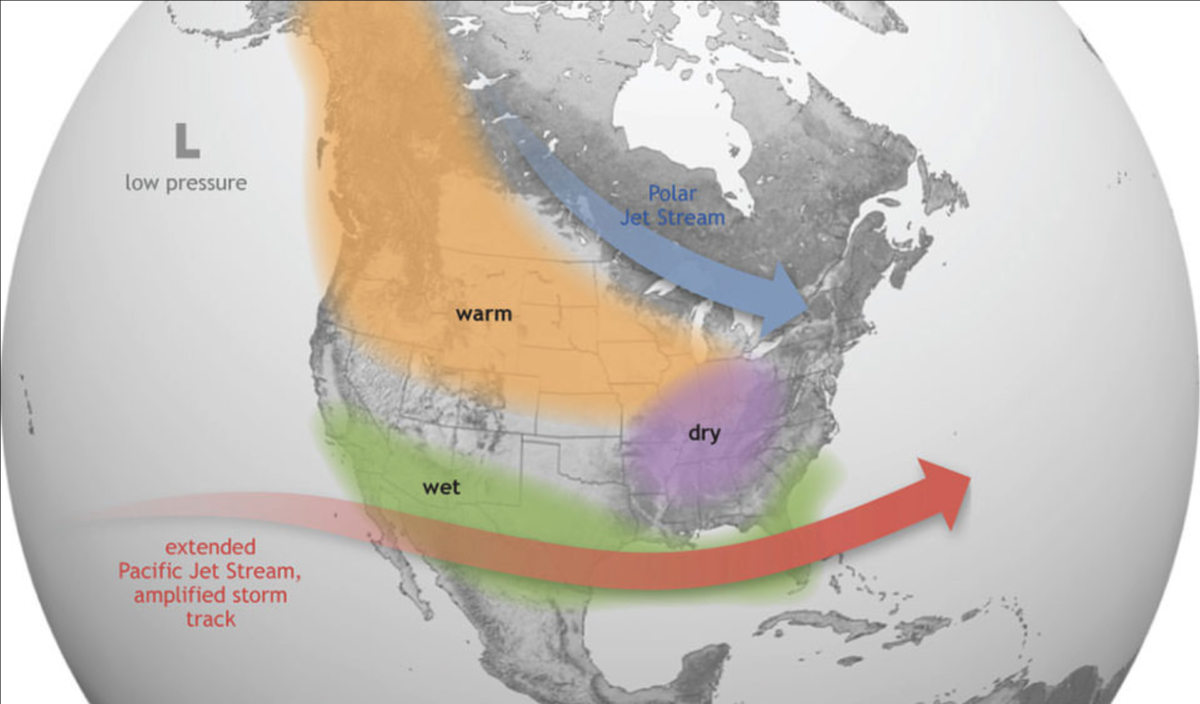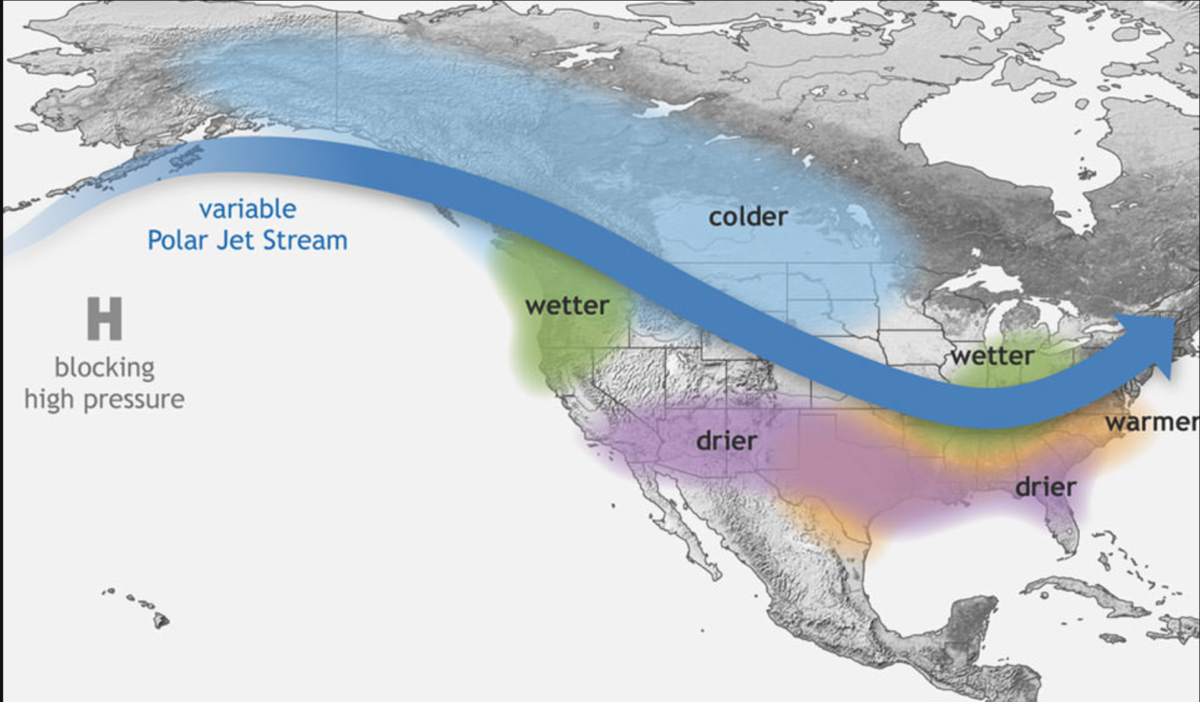
Environmental activists protest for action on climate change on the U.S. Capitol grounds in Washington, D.C.: Glynn Wilson
By Glynn Wilson –
WASHINGTON, D.C. — It’s so hot in the middle of the day that the birds are not even moving around in the windless woods. The only thing moving are the yellow jackets and European hornets, looking for other bees to kill, the occasional blue-tailed lizard, going after the flies too hot to move to try to escape. And of course the gnats and occasional mosquito.
You would have to be out of your mind to venture into the District of Columbia to tour Washington in August now. A few brave souls are still trying it, but they can’t be having much fun.
To say that the summer of 2023 has been the hottest summer in the history of record keeping sounds now like a sick cliché, since from now on, this story will be written and rewritten every summer until the human race finally decides to change its behavior and do something about it.
It makes one wonder if the scientists get as tired of writing this story as the journalists who have been covering it for the past 30 plus years.
“August 2023 is the warmest month of August in the … data record, as well as the second warmest month (ever recorded) after July 2023,” according to the Copernicus Climate Change Service.
“Global sea surface temperature continued to rise (as well), Antarctica saw unprecedented low sea ice levels for this time of year, and the boreal summer (June, July, August) was the warmest on record by a large margin,” according to the latest monthly bulletin.
The global-mean surface air temperature during August 2023 was 16.82°C, 0.71°C warmer than the 1991-2020 average for August, and 0.31°C warmer than the previous warmest August, in 2016.
“Many parts of the Northern Hemisphere recorded heatwaves, but also some regions of the Southern Hemisphere saw well above average temperatures in the austral winter, including Australia, parts of South America and Antarctica.”
High sea surface temperatures were also observed in many areas of the global ocean, while El Niño conditions continue to develop and are expected to continue. El Niño means Little Boy in Spanish. South American fishermen first noticed periods of unusually warm water in the Pacific Ocean in the 1600s. The full name they used was El Niño de Navidad, because El Niño typically peaks around December.

El Niño causes the Pacific jet stream to move south and spread further east. During winter, this leads to wetter conditions than usual in the Southern U.S. and warmer and drier conditions in the North: NOAA
During normal conditions in the Pacific ocean, trade winds blow west along the equator, taking warm water from South America towards Asia. To replace that warm water, cold water rises from the depths — a process called upwelling. El Niño and La Niña are two opposing climate patterns that break these normal conditions. Scientists call these phenomena the El Niño-Southern Oscillation cycle.
El Niño and La Niña can both have global impacts on weather, wildfires, ecosystems, and economies. Episodes of El Niño and La Niña typically last nine to 12 months, but can sometimes last for years. El Niño and La Niña events occur every two to seven years, on average, but they don’t occur on a regular schedule. Generally, El Niño occurs more frequently than La Niña.

La Niña causes the jet stream to move northward and to weaken over the eastern Pacific. During La Niña winters, the South sees warmer and drier conditions than usual. The North and Canada tend to be wetter and colder: NOAA
El Niño can affect our weather significantly. The warmer waters cause the Pacific jet stream to move south of its neutral position. With this shift, areas in the northern U.S. and Canada are dryer and warmer than usual. But in the U.S. Gulf Coast and Southeast, these periods are wetter than usual and have increased flooding.
“Climate breakdown has begun,” United Nations Secretary General António Guterres said in a statement this week. “Our climate is imploding faster than we can cope with extreme weather events hitting every corner of the planet.”
August was also the world’s 534th consecutive warmer-than-average month, spanning a stretch of more than 44 years, according to the National Oceanic and Atmospheric Administration.
The extreme heat has continued into September, this week spreading across the Eastern United States and Western Europe.
Record-setting heat waves spawned by intense high-pressure heat domes affected regions across the globe throughout the summer. Heat records were shattered in the United States, parts of Europe, Asia and South America, with numerous monthly and all-time temperature records set, both for daytime highs and warm nighttime lows.
The heat has been relentless across the southern tier of the United States, where a heat dome has been parked from Texas to Florida since June.
Southern Europe, especially from Portugal to Italy, and Japan were also among the regions that have suffered particularly extreme heat. Many locations have measured their hottest Augusts or summers on record.
NOAA said in August that “it is virtually certain” that 2023 will rank among the five warmest years on record, while Berkeley Earth said it’s “virtually certain” 2023 will be the planet’s warmest year on record.
North Atlantic and global oceans have also shown record warmth, enhanced by several marine heat waves around the world.
The average global sea surface temperature was warmer on every day in August than the previous warmest temperature ever recorded, in March 2016, according to Copernicus.
August was the fifth consecutive month that global ocean surface temperatures hit record highs in a year of numerous marine heat waves across the world’s oceans. In August, NOAA reported that about 48 percent of the global ocean was in a marine heat wave; only 10 percent is typical.
Warmth has extended toward Earth’s poles, as well, Copernicus reported. It was the warmest August in the Arctic on record, at 3.8 F above average. Meanwhile, the Antarctic sea ice extent remained at a record low level for the time of year, “with a monthly value 12 percent below average, by far the largest negative anomaly for August since satellite observations.”
___
If you support truth in reporting with no paywall, and fearless writing with no popup ads or sponsored content, consider making a contribution today with GoFundMe or Patreon or PayPal. We just tell it like it is, no sensational clickbait or pretentious BS.













